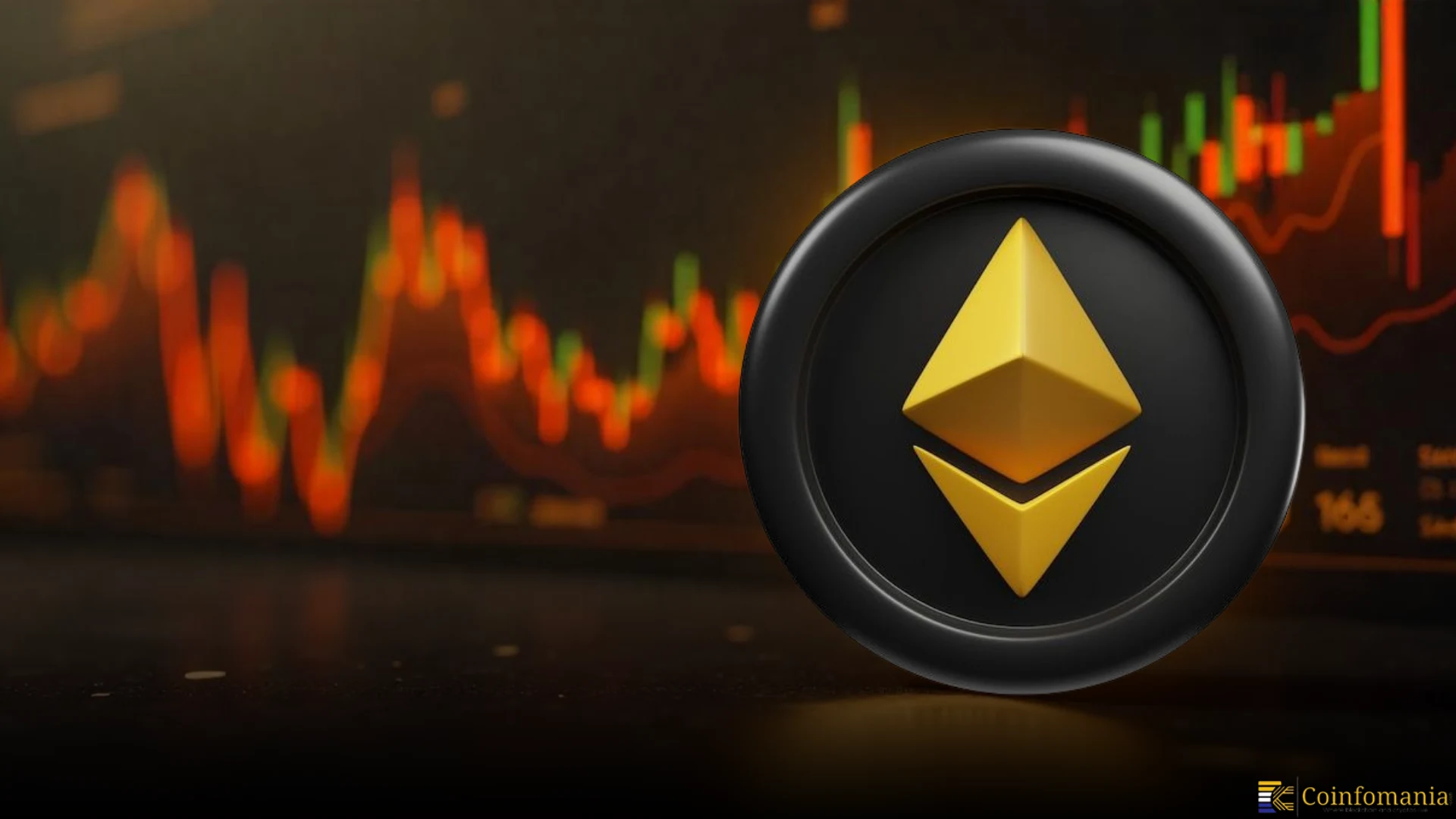Ethereum’s $15.3B Burn Collides with Staking Boom—What’s Next for ETH Price?
0
0

A total of 4.5 million Ethereum tokens worth $15.3 billion were destroyed through Ethereum Improvement Proposal (EIP) 1559 implemented during August 2021. The eventual objective of this protocol design was to establish Ethereum as a deflationary token by diminishing its available tokens in circulation. The supply of Ethereum continues to grow despite an Ethereum “deflation dilemma” which occurred due to the business.
ETH Burn vs Staking: How Ethereum’s Economic Model Is Struggling to Find Balance
With EIP-1559 Ethereum consumes part of transaction fees as burn payments which helps minimize the ETH supply. The designers of Ethereum wanted the burn mechanism to cancel out its existing inflationary feature while promoting scarcity of ETH which potentially enhances its market price over time.The ongoing ETH burn vs staking issue reveals the challenges Ethereum faces in balancing its token supply with increasing staking rewards.
The system operated precisely as designers had envisioned when there were many transactions. The initial implementation of this approach decreased Ethereum’s supply increase to a point where some individuals began believing the system was deflationary. The real scenario transformed out to be markedly different from the original setup.
Ethereum Deflation Problem: Can EIP-1559 and Staking Rewards Coexist?
Proof-of-Stake replaced proof-of-work as Ethereum’s consensus algorithm when the platform shifted in September 2022. The network transition to proof-of-stake decreased energy consumption significantly yet it led to an increased issuance of new ETH because validators received ETH rewards through staking rewards. The ongoing expansion of Ethereum’s supply occurs due to steady growth despite the operation of its burning mechanism.The Ethereum deflation problem is worsening as staking rewards continue to outweigh the burning mechanism, leading to concerns about long-term value.
Deep Dive into Ethereum’s Inflationary Trend
The Ethereum network transitioned to an inflationary state for the first time after EIP-1559 implementation during Q2 2024. The staking rewards distributed 228,543 ETH to validators but validators destroyed only 107,725 ETH in this period. The number of ETH in circulation increased by about 120,818 from supply and demand shifts at that time. This shift happened mostly because staking reward issuance rates exceeded the total amount burned.
Ethereum continues to increase its supply since the program issues staking rewards even though it has successfully destroyed millions of ETH tokens. To maintain its deflationary framework Ethereum needs adjustments because rewards from staking exceed burning activities which creates an imbalance in the economic model. Future protocol enhancements or staking reward modifications might be needed to achieve this desired economic model.
How the Ethereum Deflation Dilemma Could Impact Ethereum Price in the Long Run
Strong buying pressure emerged following a rebound from the $1,565 demand area as per the current ETH/USD 5-minute chart. The price started recovering after exploiting the descending resistance area because of a sustained upward movement. After the breakout price started a substantial increase which reached the $1630 resistance area until sellers pushed prices down. This important resistance area successfully stopped numerous bullish price movements while indicating a possible double-top pattern unless it gets successfully surpassed.
Analyzed by Triparna Baishnab, published on TradingView on April 14, 2025
The Ethereum price remains highly sensitive to these deflationary and inflationary dynamics, with market trends reflecting the uncertainty surrounding the network’s future.Recent momentum changes from the RSI indicator matched key price rejections that occurred near the $1,630 mark. Price momentum became bullish whenever the currency plunged into oversold levels and these events supported bullish crossover of MACD signs (“Golden Crosses”) throughout upward price action. Favorable momentum continues to dominate the market due to the recent MACD crossover despite RSI signals showing decreased overbought readings. Ethereum shows temporary resistance to bullish trends although a strong break of the $1,630 threshold would reduce the risk to either $1,600 or $1,585 levels.
Will the ongoing ETH burn vs staking issue force Ethereum to rethink its approach?
The Ethereum project initially set ambitious goals to reduce supply through EIP-1559 along with burning 4.5 million ETH but the new staking rewards from the Proof-of-Stake shift have caused this network to become inflationary. The increasing supply threatens to undermine deflationary beliefs about Ethereum since modifications to compensation models and prospective system updates are required for maintaining long-term value preservation.
The post Ethereum’s $15.3B Burn Collides with Staking Boom—What’s Next for ETH Price? appeared first on Coinfomania.
0
0
 Manage all your crypto, NFT and DeFi from one place
Manage all your crypto, NFT and DeFi from one placeSecurely connect the portfolio you’re using to start.






